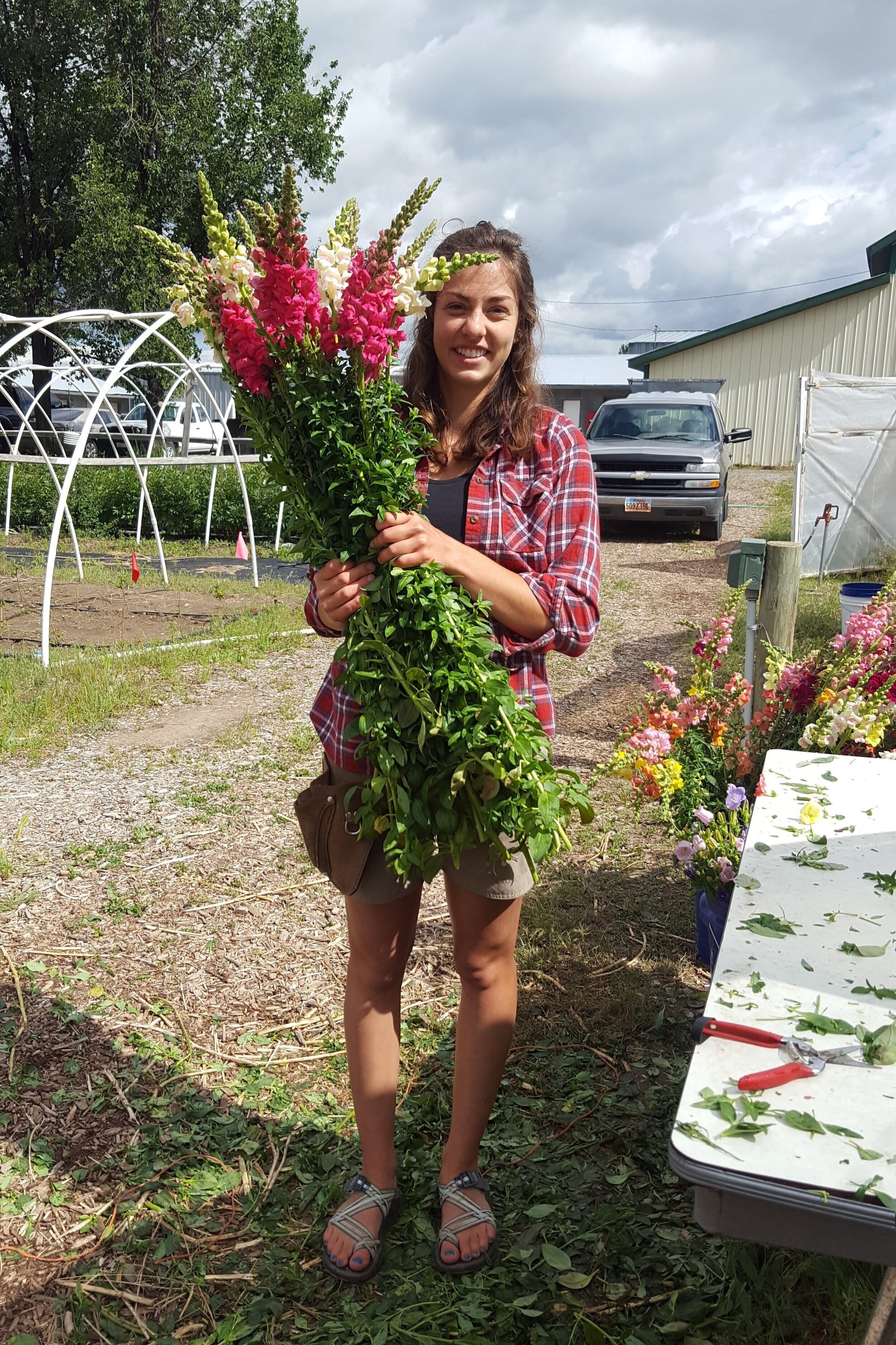Research
A soil-based approach to small farm sustainability and profitability.
In Utah, the minimum acreage for urban farms is now just one acre. To sustainably farm at that scale, growers must target premium high-value crops that are locally adapted and use focused management to maximize returns. We emphasize crops that optimize net returns per square foot and resource-use efficiency to tighten the bottom line and help small farms - and the environment - thrive.






















